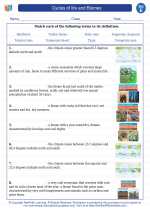Tundra: An Overview
The tundra is a vast, treeless biome characterized by extremely low temperatures, little precipitation, and short growing seasons. It is found in the Arctic and alpine regions of the world, including northern Canada, Alaska, Siberia, and parts of Scandinavia.
Climate
The tundra has a cold and harsh climate, with temperatures often below freezing and very little rainfall. The average annual temperature in the tundra biome is around -30°F (-34°C). The short growing season, lasting only a few months, limits the plant life in this region.
Vegetation
Due to the extreme conditions, the tundra is home to hardy plants such as mosses, lichens, grasses, and low-growing shrubs. Trees cannot survive in the tundra due to the permanently frozen soil, known as permafrost, which prevents deep root penetration.
Animal Adaptations
Animals in the tundra have evolved special adaptations to survive the harsh environment. These include thick fur or feathers for insulation, large fat reserves for energy, and migration to warmer areas during the winter months.
Study Guide
- What are the defining characteristics of the tundra biome?
- How does permafrost affect plant life in the tundra?
- What are some examples of animal adaptations in the tundra?
- Why can't trees grow in the tundra biome?
- What is the average annual temperature in the tundra?
◂Science Worksheets and Study Guides Fifth Grade. Cycles of life and Biomes

 Worksheet/Answer key
Worksheet/Answer key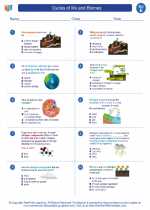
 Worksheet/Answer key
Worksheet/Answer key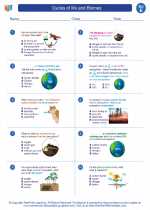
 Worksheet/Answer key
Worksheet/Answer key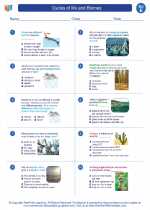
 Worksheet/Answer key
Worksheet/Answer key
 Vocabulary/Answer key
Vocabulary/Answer key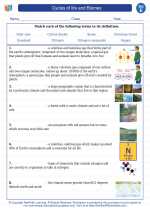
 Vocabulary/Answer key
Vocabulary/Answer key